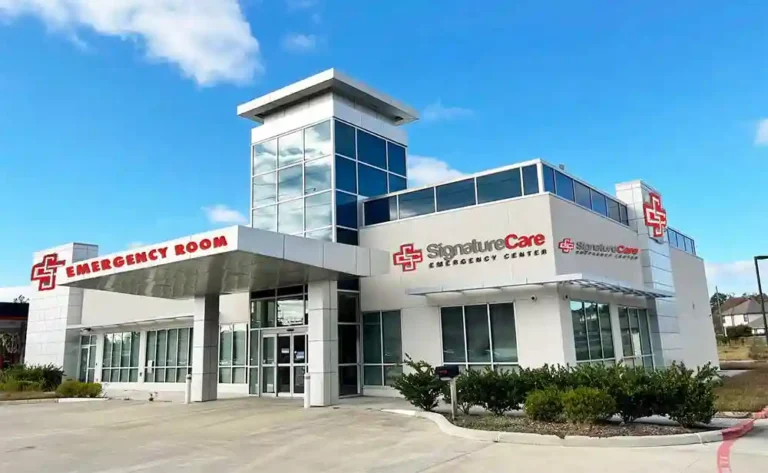It’s a beautiful spring day, and you’re out enjoying the weather. Suddenly, you take a nasty fall. There’s immediate pain, a potential broken bone, maybe. It’s not life-threatening, but it’s urgent. Your regular doctor’s office is closed. The emergency room? It’s packed, and you know the wait would be unbearable. That’s where an Urgent Care Specialist steps in, bridging the gap in healthcare. These specialists are the superheroes who swoop in, providing swift and efficient medical attention when the emergency room Spring rush hits hard. They’re the mid-ground, the balance between your primary physician and the overwhelming ER.
A Closer Look at Urgent Care
Urgent Care Specialists shoulder a huge responsibility. They treat a wide range of conditions from minor fractures to sudden fevers. They stitch up cuts, treat burns, and decipher rashes. They’re the go-to healthcare providers for those after-hours accidents and mishaps.
The Edge Over Emergency Rooms
Why choose Urgent Care over the ER? Here are three compelling reasons:
- Shorter Wait Times – While emergency rooms can keep you waiting for hours, Urgent Care usually gets you in and out within an hour.
- Lower Costs – A trip to the ER can leave your wallet feeling light. Urgent Care is typically far more affordable.
- Convenience – With extended hours and no need for an appointment, Urgent Care fits into your schedule, not the other way around.
Remember Their Limitations
Despite their benefits, Urgent Care Specialists have their limits. They aren’t a replacement for a primary care doctor, nor can they handle life-threatening emergencies. They’re the middle ground, a crucial link in the healthcare chain, but not the only link.
The Right Choice
Knowing when to choose Urgent Care can be a lifesaver, quite literally. For serious, life-threatening emergencies, the ER is the right place. For everything else? Urgent Care is a viable, often better, alternative.
Conclusion
Urgent Care Specialists truly do bridge the gap in healthcare. They offer a more convenient, less costly alternative for non-life-threatening situations, relieving pressure on emergency rooms and providing patients with swift care. They’re not just the heroes of the emergency room rush, they’re the heroes of everyday mishaps, minor accidents, and sudden illnesses all year round.
